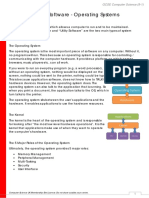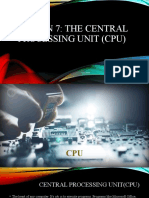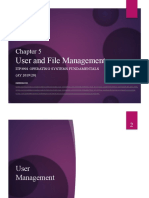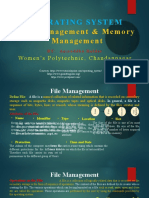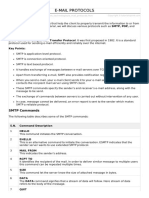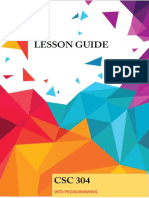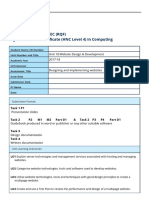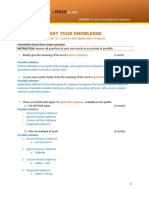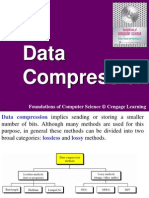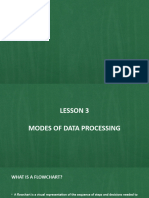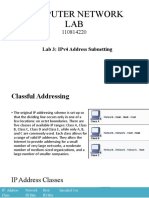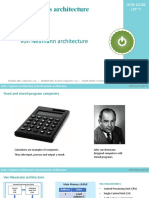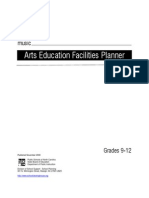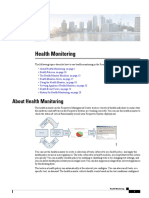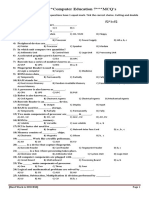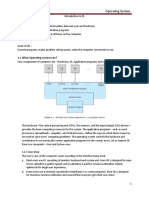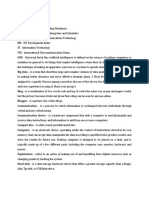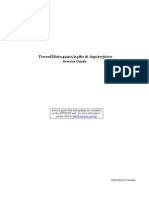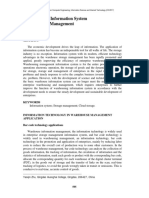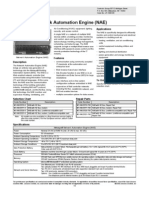0% found this document useful (0 votes)
169 views24 pagesItm Lecture - 1
A computer is an electronic machine that takes input data and instructions from a user, processes that data based on the instructions, and generates output information. It works through the input-process-output cycle. Data and instructions are input through input devices and then processed by the CPU. The CPU transforms the data into information based on the instructions. The processed data is then output. Computers have both primary memory, which temporarily holds active data and instructions, and secondary memory, which permanently stores inactive data. Proper cybersecurity practices like training, software updates, antivirus software, security reviews, strong passwords, avoiding unknown attachments/networks, and backing up data can help protect computers and data from cyber threats.
Uploaded by
amanrajsinghars31Copyright
© © All Rights Reserved
We take content rights seriously. If you suspect this is your content, claim it here.
Available Formats
Download as PPTX, PDF, TXT or read online on Scribd
0% found this document useful (0 votes)
169 views24 pagesItm Lecture - 1
A computer is an electronic machine that takes input data and instructions from a user, processes that data based on the instructions, and generates output information. It works through the input-process-output cycle. Data and instructions are input through input devices and then processed by the CPU. The CPU transforms the data into information based on the instructions. The processed data is then output. Computers have both primary memory, which temporarily holds active data and instructions, and secondary memory, which permanently stores inactive data. Proper cybersecurity practices like training, software updates, antivirus software, security reviews, strong passwords, avoiding unknown attachments/networks, and backing up data can help protect computers and data from cyber threats.
Uploaded by
amanrajsinghars31Copyright
© © All Rights Reserved
We take content rights seriously. If you suspect this is your content, claim it here.
Available Formats
Download as PPTX, PDF, TXT or read online on Scribd
/ 24
